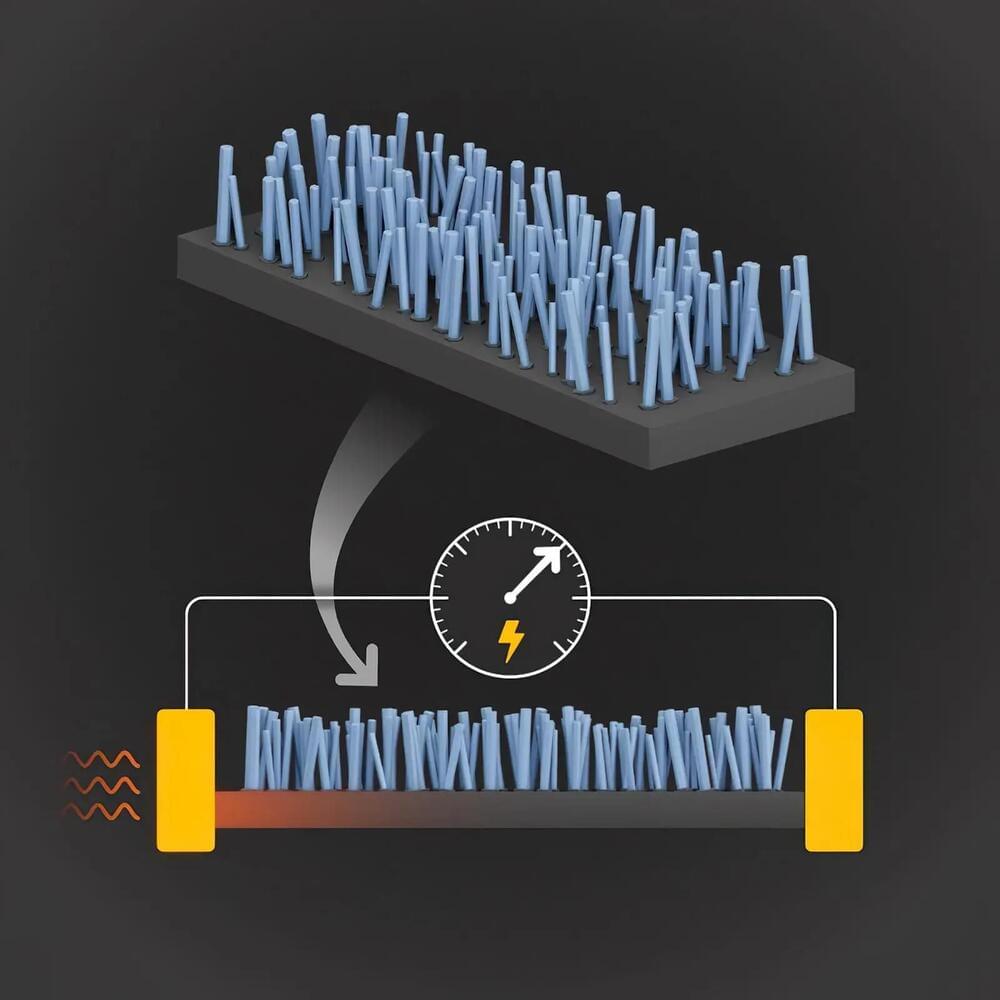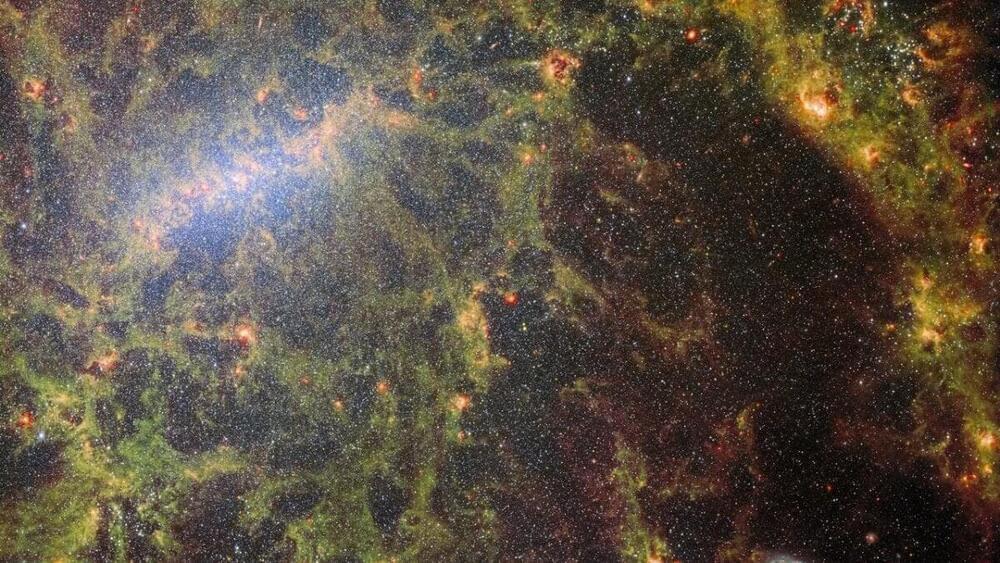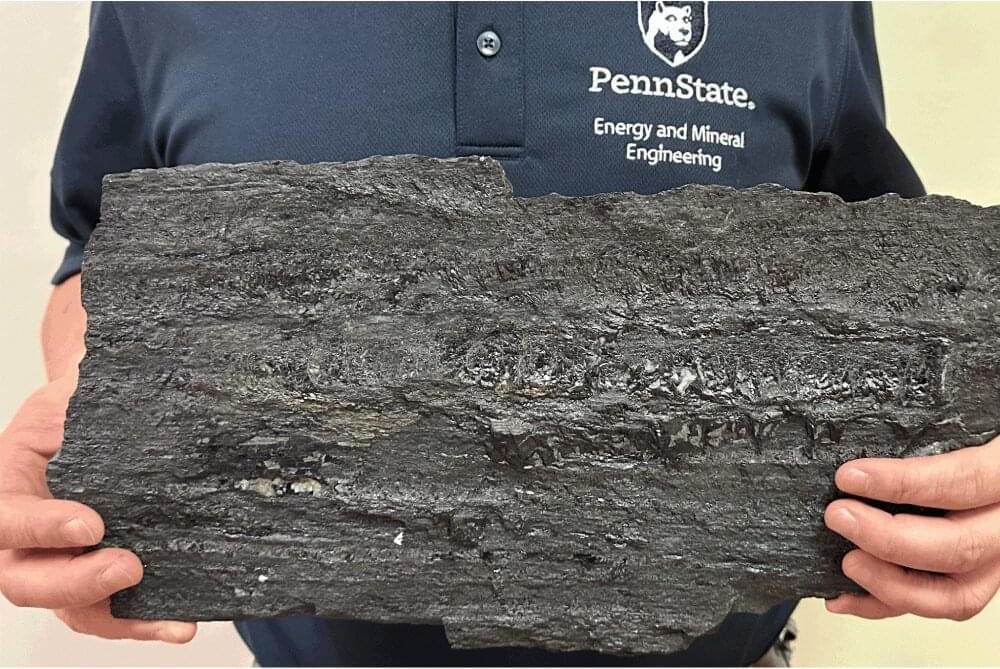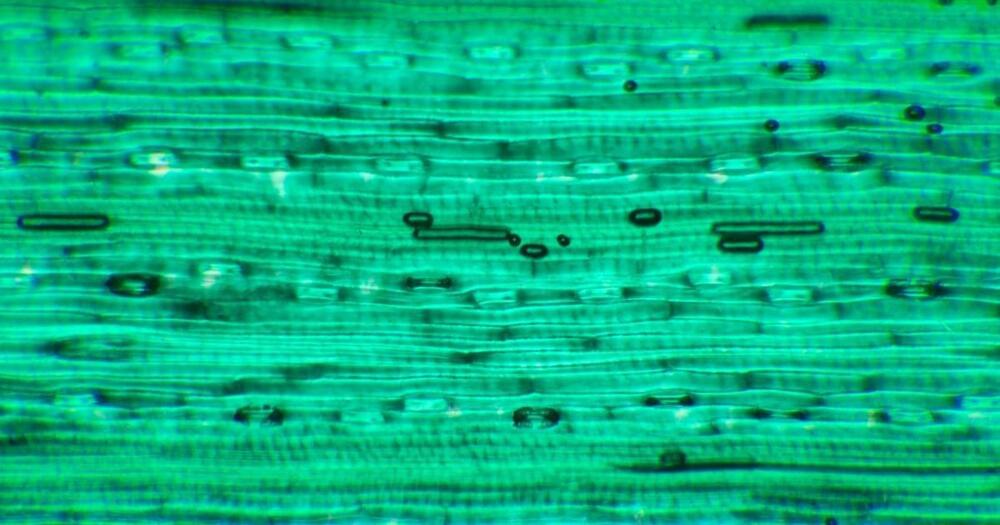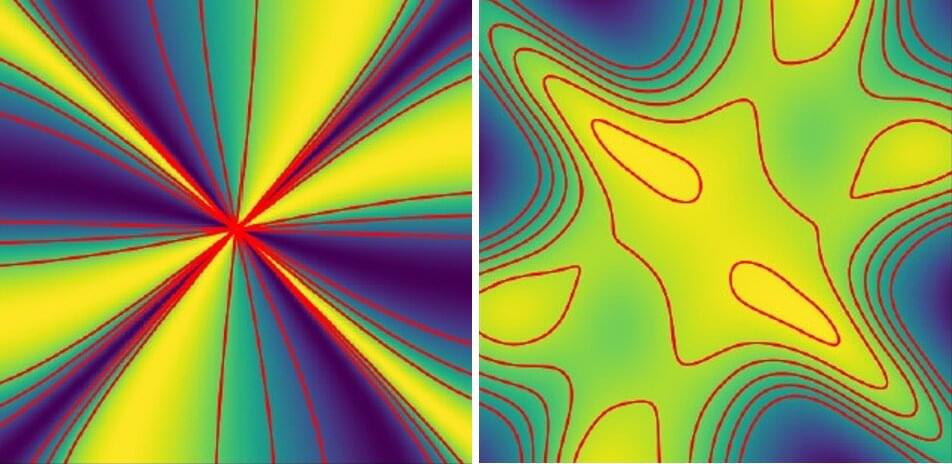Jun 3, 2023
Revamping Energy Recovery: New Way To Efficiently Convert Waste Heat Into Electricity
Posted by Paul Battista in categories: energy, materials
A team from NIST and the University of Colorado Boulder have developed a novel device using gallium nitride nanopillars on silicon that significantly improves the conversion of heat into electricity. This could potentially recover large amounts of wasted heat energy, benefiting industries and power grids.
Researchers at the National Institute of Standards and Technology (NIST) have fabricated a novel device that could dramatically boost the conversion of heat into electricity. If perfected, the technology could help recoup some of the heat energy that is wasted in the U.S. at a rate of about $100 billion each year.
